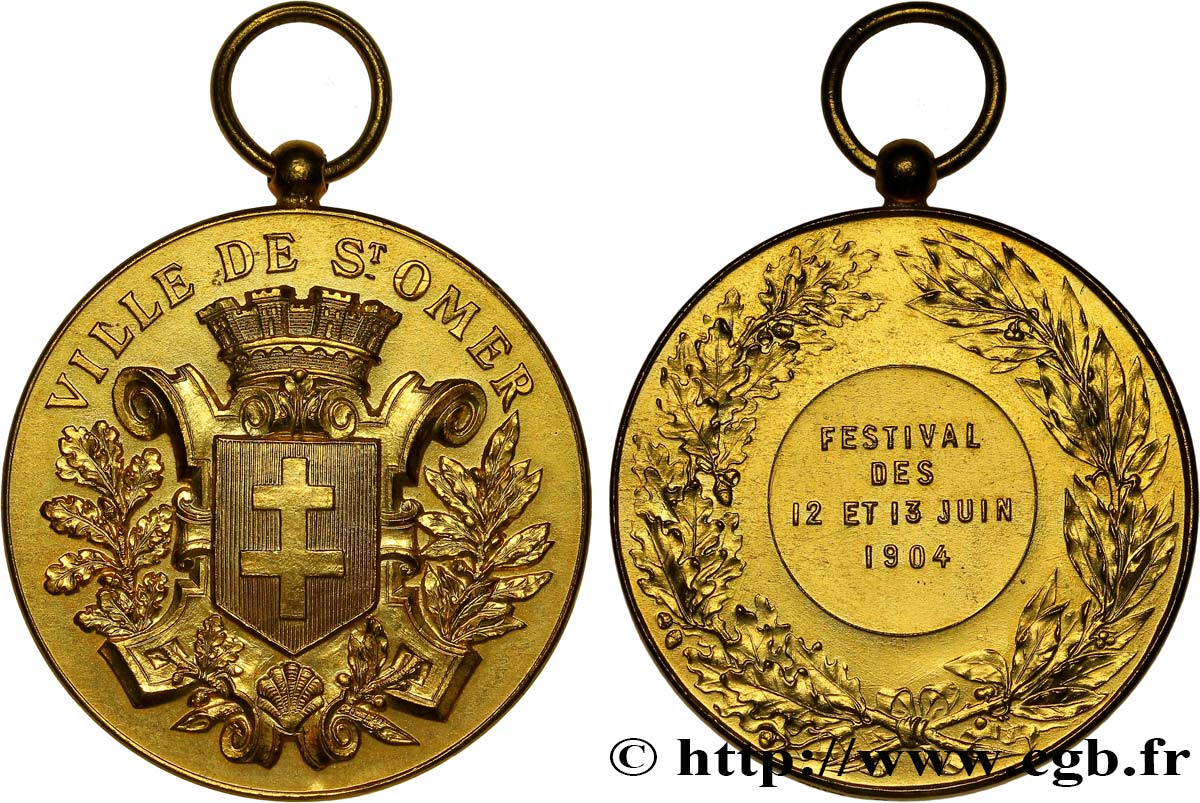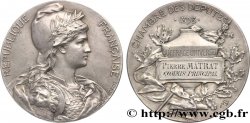E-auction 286-206679 - fme_367852 - III REPUBLIC Médaille de la ville de Saint-Omer
You must signin and be an approved bidder to bid, LOGIN TO BID. Accounts are subject to approval and the approval process takes place within 48 hours. Do not wait until the day a sale closes to register. Clicking on « bid » constitutes acceptance of the terms of use of cgb.fr private e-auctions.
Bids must be placed in whole Euro amounts only. The sale will start closing at the time stated on the item description; any bids received at the site after the closing time will not be executed. Transmission times may vary and bids could be rejected if you wait until the last second. For further information ckeck the E-auctions F.A.Q.
NO BUYER'S FEE.
NO BUYER'S FEE.
| Estimate : | 90 € |
| Price : | 14 € |
| Maximum bid : | 14 € |
| End of the sale : | 08 October 2018 18:36:30 |
| bidders : | 5 bidders |
Type : Médaille de la ville de Saint-Omer
Date: 1904
Mint name / Town : 62 - Saint-Omer
Metal : gilt bronze
Diameter : 41 mm
Orientation dies : 12 h.
Weight : 29 g.
Edge : lisse + BRONZE + carré
Puncheon : BRONZE
Coments on the condition:
Superbe médaille dans sa boite de cuir. Aspect brillant
Obverse
Obverse legend : VILLE DE ST OMER.
Obverse description : Écu couronné de la ville de Saint-Omer, dans une couronne de lauriers et de chêne.
Reverse
Reverse legend : FESTIVAL / DES / 12 ET 13 JUIN / 1904.
Reverse description : Légende en 4 lignes dans un médaillon ; couronne de lauriers et de chêne.
Commentary
Le XIXe siècle fut une période de développement urbain et économique, avec l'arrivée du chemin de fer en 1848. Mais la ville fut peu marquée par la Révolution industrielle. La Grand'Place fut conçue selon des plans de l'architecte Lefranc, un nouvel hôtel de ville associé à un théâtre à l'italienne fut construit avec les pierres de l'ancienne abbaye Saint-Bertin, ainsi qu'une école de musique, une école des beaux arts, et une bibliothèque. Les fortifications furent en parties rasées pour faire place à des boulevards. Il ne subsiste plus des fortifications que le jardin public de vingt hectares avec arboretum, kiosque à musique, et parterre à la française, qui fut créé en 1894 au pied de la cathédrale..








 Report a mistake
Report a mistake Print the page
Print the page Share my selection
Share my selection Ask a question
Ask a question Consign / sell
Consign / sell
 Full data
Full data



